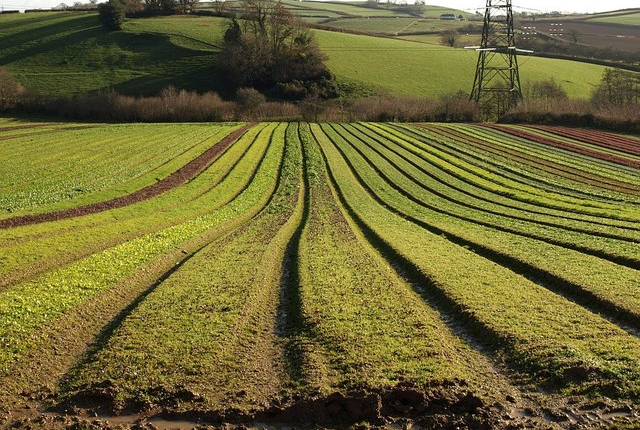
2013 could be a turbulent year for grain markets with early indications of record plantings globally as growers try to gain from historically high prices following the drought and low yields that defined 2012, says Nidera Wheat Trader David Eudall.
Whilst the UK faces its own domestic difficulties following a less than favorable autumn sowing campaign, global grain and oilseed markets will prove more influential than ever this year, he says.
"The effect of the global position on UK prices will become clearer from February onwards with critical supply and demand pressure points over the following months having major implications to prices during the year."
All the early information from operations worldwide shows that 2013 is going to be a very difficult year to call and one where in-depth market knowledge and vigilance will be key, he says.
"By the end of February, we should have a real feel for what the first half of 2013 has in store for oilseed markets when harvest pressure from potentially large South American soybean crops could start to directly affect oilseed rape prices."
Current expectations are of a 2% increase in world wheat area in 2013. Potential volumes of Northern Hemisphere crops will start to affect markets from March onwards, he says.
"In early spring we’ll know how well the Russian and Ukrainian crops have developed through the winter months – if they are looking strong it will only reinforce expectations of large crops in 2013 and a consequent lowering of prices."
Reports of US farmers planning to increase areas of corn and soybeans planted in the spring will also give the potential for large crops in late summer adding to the volatility. Recently, the US corn area to be planted in 2013 has been forecast at an 80-year high, David Eudall says.
"Without any weather related supply disruptions, we would expect values for grain and oilseeds to be really pushed lower from early summer onwards. We’re going to be monitoring the size of this US corn crop and its development from early summer as it could have a major influence on markets in 2013."
"Hot dry weather through July will have a negative impact on the US yields whilst damp and mild conditions will give favourable growing conditions and this again has the potential to drive world prices down. We’re going to have to be quick on our feet to make sure our customers make the right decisions at harvest."
All the indications are that the year could produce record global yields but as ever these depend on many variables, David Eudall says.
"It’s never easier at the start of a year to work out what’s going to happen, but there are several distinct pressure points in 2013 as we see it and these will need careful monitoring and analysis to make sure UK growers get the best advice for maximising the value of their crops," he concludes.
